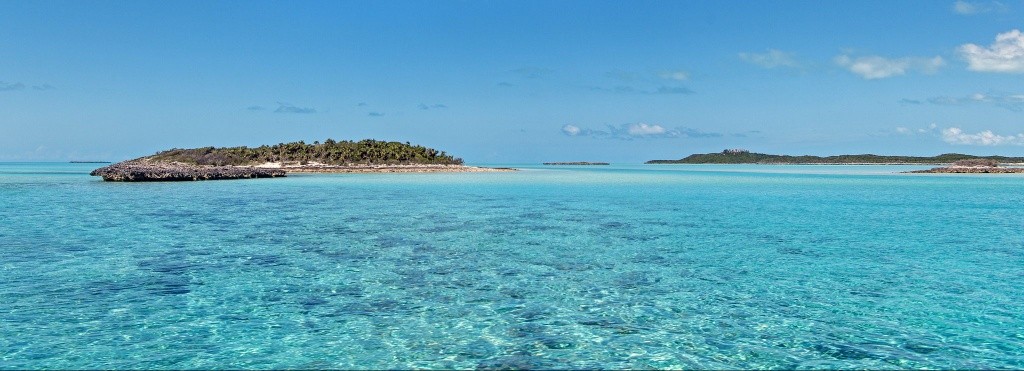Keep your distance from other people
Practicing social distancing is still essential. Only go to the beach if you are able to keep 6 feet or 2 meters away from others. Follow the instructions provided by your local health authorities. If your community has asked that you remain indoors and away from others, do so. Spending a day in any crowded place is the worst thing we can do for our most vulnerable right now and will counter our efforts to curb the virus’s spread.
____________________________________________________________________________________________________________________________________________
The Bahamas, or the Commonwealth of The Bahamas is made up of over 700 Islands in the Atlantic Ocean, located southeast of the US state of Florida. The islands are well known for their breathtaking white (or sometimes pink) sand beaches and the clearest aquamarine water on Earth. Starting in 2017, Save the Bays and Waterkeepers Bahamas began publishing public recreational water quality information for beaches in the Bahamas. Lots of options for recreational water activities exist at beaches in the Bahamas. Popular activities include swimming, snorkelling, diving, kite-boarding, kayaking, surfing, sport-fishing, and even shark encounters for the brave. In fact, filming of the popular shark movie happened on the island of Nassau at a beach called "Jaws Beach".
Beach Activities in the Bahamas
With so many beaches in the Bahamas, it is sometimes possible to find a secluded or even private beach. The best time of year to visit is from December to May. Temperatures at this time are between 21 to 24 25°C (70-75 F), and the risk of tropical storms is low. Swimming year round is also possible however, because seawater temperatures usually stay above 25°C (80 F). Surfing occurs on the island of Eleuthera on the east coast, where amazing waves form between October and April. Kayak tours are a popular activity in the calmer waters at the east end of Grand Bahama. Here tourists have the chance to see some marine life. Snorkelling at the Andros Barrier Reef offers an up-close experience with marine life. This is the third-largest fringing barrier reef, with 2 km vertical wall. This forms a deep trench called the ‘Tongue of the Ocean’.
The Ocean Environment and Beaches in the Bahamas
Seagrass meadows in the Bahamas are an important ecosystem for their ocean beaches. They are the only flowering plant in the ocean, and grow only in shallow, sunlit water along protected coasts. The roots of the seagrasses hold the loose sandy or muddy ocean floor and trap floating debris in the ocean water. Because of this, the coastal ocean waters in the Bahamas are generally clear. Animals in the region use the seagrass meadows for food and shelter, including the endangered Green Turtles and Manatees.
The Bahamas is also home to the amazing mangrove ecosystems. Like the beach, mangroves are a place where the land and ocean meet. Mangroves are important for the ocean, because they help feed close-by coral reefs. They provide a home to many animals in the Bahamas, like land crabs, crawfish, birds, and even bats. The ocean environment benefits from mangroves, because they help trap pollutants washed from land. Without the mangroves these pollutants would go directly into the ocean, and would negatively affect beach water quality and nearby coral reefs. Unlike many other places in the world, mangroves are not legally protected in The Bahamas.
Seagrass meadows, mangroves, and coral reefs in the Bahamas are disappearing because of human activities. Coastal development, boating, commercial fishing, tourism, and climate change in this region negatively impacts these environments. This not only risks the quality of recreational beaches and ocean water, but also the connected ocean ecosystems in the region. 
